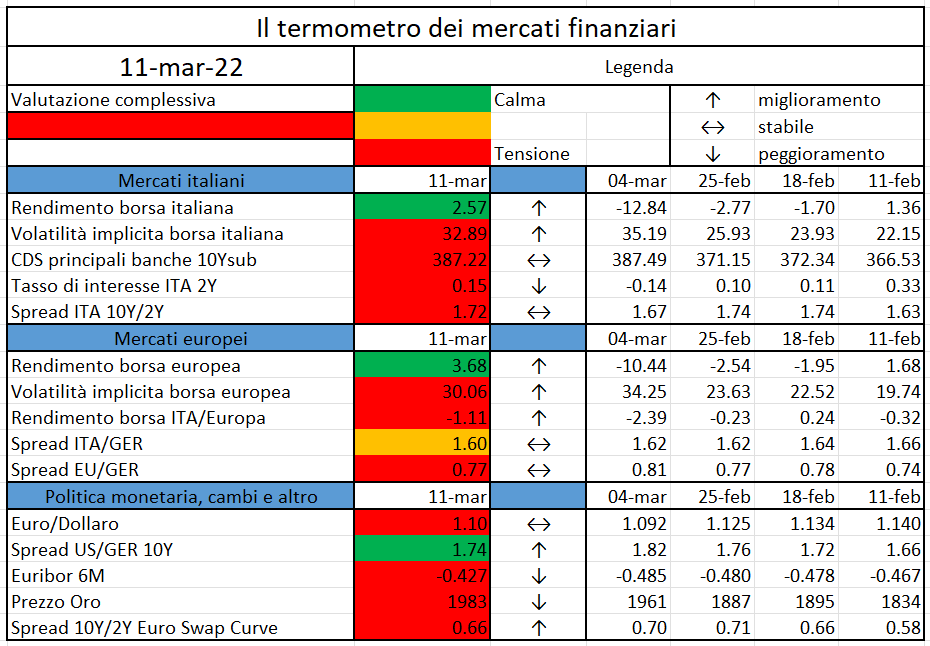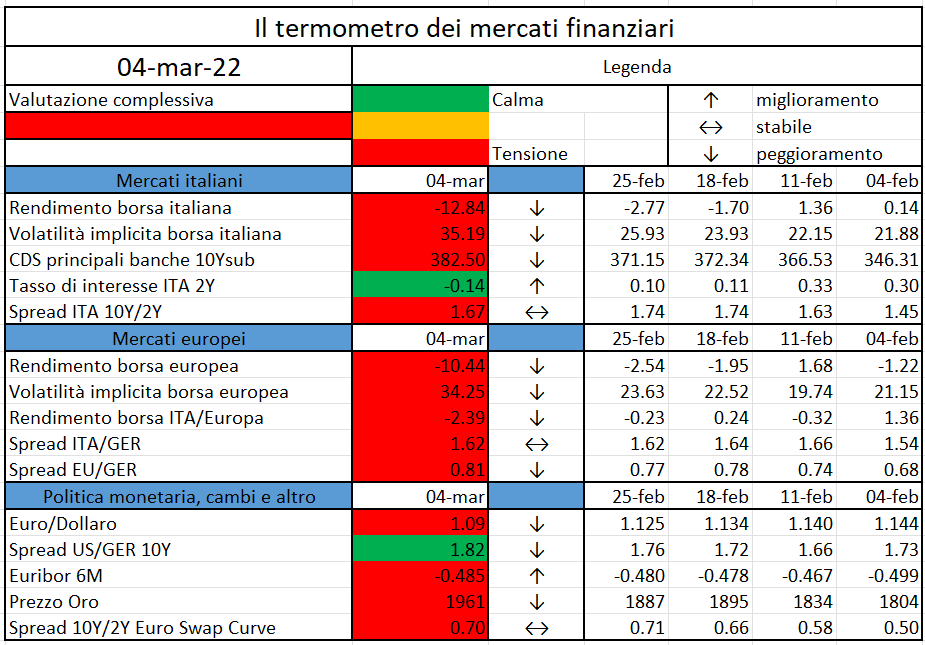
Lo scorso 28 febbraio 2022 è stato pubblicato il report finale di proposta per la strutturazione della tassonomia sociale europea. Il documento è stato redatto dalla Piattaforma per la Finanza Sostenibile, su indicazione della Commissione Europea. L’obiettivo principale di questo report è fornire le prime linee guida alla Commissione per istituire un corpus di regole che comporrà la tassonomia sociale. In modo similare alla tassonomia green, già pubblicata ma con ancora molti punti scoperti, la tassonomia sociale fornirà agli investitori, e non solo, le linee guida per valutare la sostenibilità sociale di un’attività economica.
Partendo da documenti approvati a livello internazionale di diritto, la struttura della tassonomia sociale è costruita guardando ai soggetti interessati dalle attività economiche: i lavoratori, i consumatori e le comunità che direttamente o indirettamente entrano in contatto con la catena produttiva. In tal senso, nel report si propone una struttura contenente tre obiettivi principali, ciascuno dei quali rivolto a un gruppo specifico di stakeholder:
- Lavoro dignitoso in tutta la catena di valore (lavoratori);
- Adeguati standard di vita e di benessere (consumatori);
- Società inclusiva e sostenibile (comunità).
Questi verranno quindi declinati in sotto-obiettivi in modo da ottenere una regolamentazione dettagliata e granulare capace di comparare in modo oggettivo anche le più differenti attività economiche.
Le preoccupazioni riguardo una nuova tassonomia sociale sono molteplici. Le aziende, da un lato, temono l’accumularsi di costi aggiuntivi causati da nuove reportistiche. Dall’altro, i regolamentatori e gli investitori, dubitano circa la possibilità di rendere misurabili delle attività che per loro natura sono difficilmente quantificabili. Per i primi la proposta è di introdurre nuove regolamentazioni che siano in linea con la tassonomia green, in modo da estendere facilmente la reportistica già in essere. Per i secondi, sono stati proposti numerosi criteri per rendere gli indicatori della tassonomia sociale oggettivi e comparabili. Ad esempio, si suggerisce che gli indicatori siano legati alle norme vigenti e che offrano una misurazione quanto più precisa, chiara e vicina all’obiettivo dell’indicatore stesso.
Rimane comunque aperto un ultimo punto di discussione: come relazionare la tassonomia verde e la tassonomia sociale. Il punto cruciale è evitare di categorizzare come sostenibili socialmente attività economiche che non rispettano in alcun modo gli standard minimi di sostenibilità ambientale. A questo proposito sono state avanzate due ipotesi. Nella prima si ipotizzano due regolamentazioni, ambientale e sociale, che rispettino le salvaguardie minime l’una dell’altra. Nella seconda ipotesi si valuta di creare due regolamentazioni estremamente interconnesse e omogenee.
Ora spetta alla Commissione Europea pubblicare il report finale di risposta a questa bozza. L’obiettivo finale è completare con l’ultimo tassello, rappresentato dalla tassonomia sociale, il quadro normativo proposto dall’Action Plan on Sustainable Finance, composto dalla Corporate Sustainability Reporting Directive (Csrd), la Sustainable Finance Disclosure Regulation (Sfdr), la Directive on Corporate Sustainability Due Diligence e, ovviamente, la tassonomia green. Se la Commissione darà il nulla osta, i prossimi step sono già stabiliti e dovranno includere:
- il chiarimento delle salvaguardie minime;
- lo studio sull’impatto del Regolamento sui diversi stakeholder interessati;
- l’elaborazione e la prioritarizzazione dei sotto-obiettivi per ciascun obiettivo.








